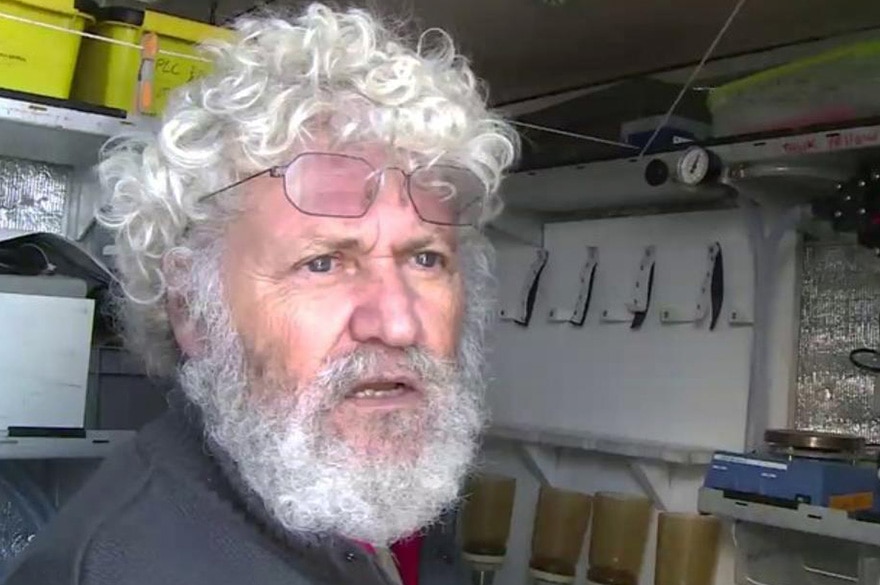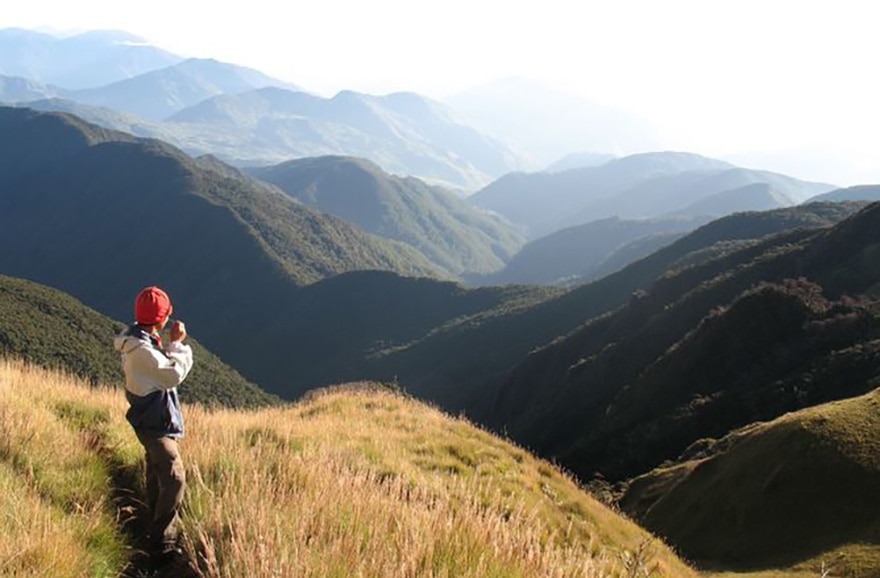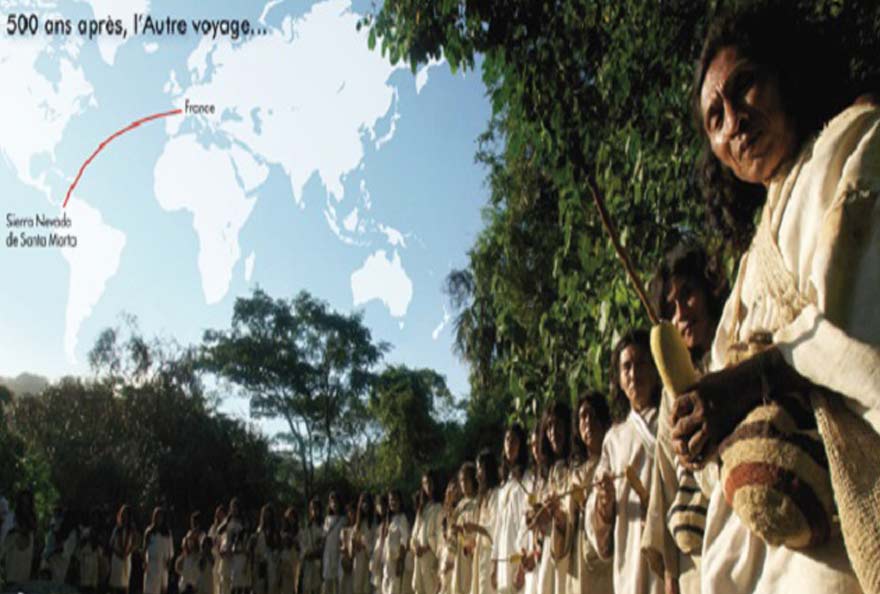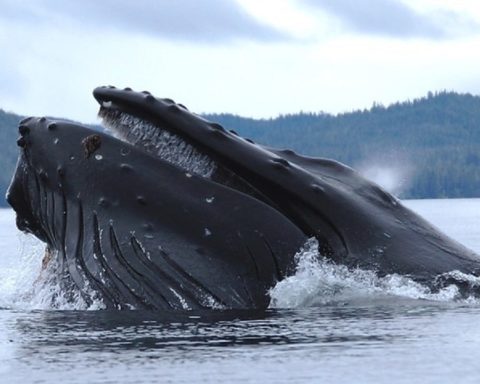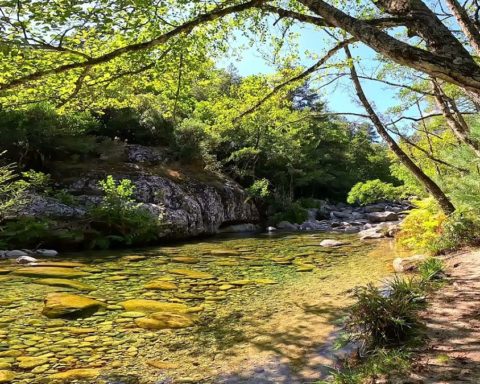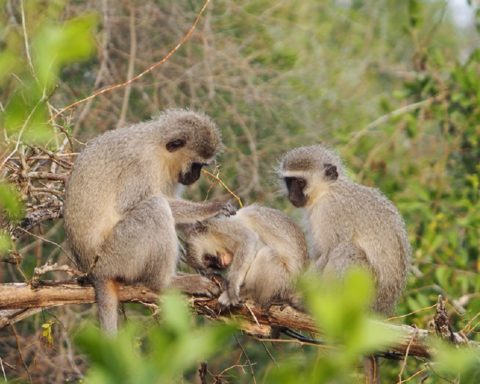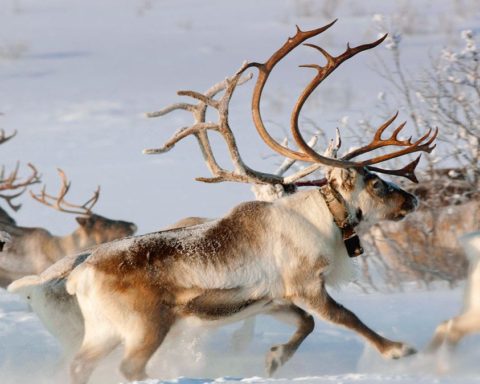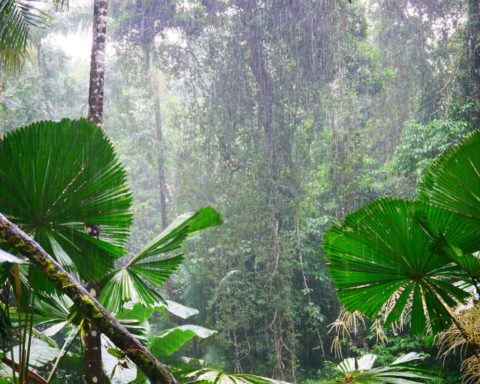Ahe terra incognita still exists on our planet. The bottom of the oceans is one of them, and it's a big one.
In a special issue of Science published on May 22, an international, multidisciplinary team of researchers has mapped the extraordinary biodiversity of a wide range of marine organisms. Taken from some of the 35,000 samples collected from the world's oceans during the Tara Oceans expedition, this data constitutes an unprecedented resource for the scientific community, including a catalogue of several million new genes that will transform the way we study the oceans and assess climate change.
For more than ten years the schooner Tara has covered 300,000 kilometres on all the oceans and has carried out ten expeditions to study and understand the impact of climate change and the ecological crisis on the Ocean, with concrete results.

Tara is first of all a family story: that of a mother and a son who love the sea, the land, men and nature. « Tara, it's also, at the beginning, a moving story, testifies Agnès Troublé, founder and muse of Agnès b. That of this boat called Antarctica, designed by Jean-Louis Étienne with naval architects Luc Bouvet and Olivier Petit, which became Sir Peter Blake's Seamaster, who died on board. Then, it is his wife Lady Blake, who holds my son Etienne in high esteem, who dreams of polar and scientific expeditions . "The rest we know. « In 2003, Étienne and I decided to acquire this boat in order to act in favour of the environment. This is my contribution, through the Agnès b. endowment fund, co-producing Tara's expeditions with other indispensable sponsors. "
Tara's ten-year history speaks for itself. But there is urgency: in thirty years, it is estimated that 75 % of the volume of sea ice at the end of summer has disappeared in the Arctic. The pack ice at the end of summer has gone from some 8 million km2 to nearly 3 million km2 today. « We cannot remain contemplative, adds Étienne Bourgois. This is why Tara is an international project, which goes beyond borders. The goal of our expeditions also implies, on a large scale, a sharing of our results. "
A successful ambition since the data collected during these round-the-world races make us discover a new, strange world, full of promise. An extraordinarily fragile world that is the future of our planet.
If the large ecosystems vital to our planet are more reminiscent of tropical forests, ocean plankton is just as crucial. These microscopic beings drifting in the oceans produce half of our oxygen, act as a carbon sink, influence and are influenced by climate and are at the base of the ocean food chains that feed fish and marine mammals.
Expedition researchers collected microscopic viruses, microbes and eukaryotes (from single-celled algae to fish larvae) from all major ocean regions and assembled all their genetic material in a comprehensive database now available to the entire scientific community.
Using advanced gene study techniques, scientists have discovered nearly 40 million genes of microbes, viruses, bacteria and other protists that form plankton. All of these microscopic organisms are not fighting for survival but collaborating; this could change our idea of evolution. explains Eric Karsentithe scientific director of the expedition.

Eric Karsenti, Scientific Director of the Tara Oceans Expedition
The expedition's harvest is of paramount scientific importance. First, by its scale. Eric Karsenti explains that he has characterized 150,000 types of eukaryotic organisms, which is ten times more than has been known so far. This work has made it possible to characterize almost all eukaryotic organisms living in temperate waters. "For viruses, we found that there wasn't a huge diversity." he notes. However, this is more important locally than globally: there is a sense that there are areas in the ocean that are "sources of diversity" of viruses, probably related to a high host complexity, but then these viruses are dispersed throughout the oceans. As for bacteria, of the 40 million genes identified, the majority are new.
Another figure worth mentioning: 39 marine viruses were known before this expedition, 5,437 were discovered during Tara Oceans!
All this represents the sequencing of nearly a billion genetic barcodes and, most importantly, the largest ecosystem database ever created.
On the site 20 minutesCNRS researcher Chris Bowler explained that with this study it would be possible to anticipate the state of the oceans 100 years from now. what will be the impacts of temperature change, ocean acidification, melting ice... ». He adds that the researchers are only at the beginning of their work, which could take up to 10 years. In any case, it must be understood that this study is fundamental. It's important to understand that this study is fundamental. These micro-organisms are at the base of the entire ocean food chain, but also of mechanisms that influence the entire planet, such as the carbon cycle. "The finding that temperature determines which species are present is particularly relevant in the context of climate change but, to some extent, this is just the beginning," says Bowler. The resources we have generated will allow us to dive even deeper into the planktonic universe and begin to truly understand the workings of this invisible world. ".






The 22 May 2015 Cover of Science. Reprinted with permission from AAAS. All Rights Reserved
The Tara Oceans expedition site
The portrait of Eric Karsenti in the Journal du CNRS

